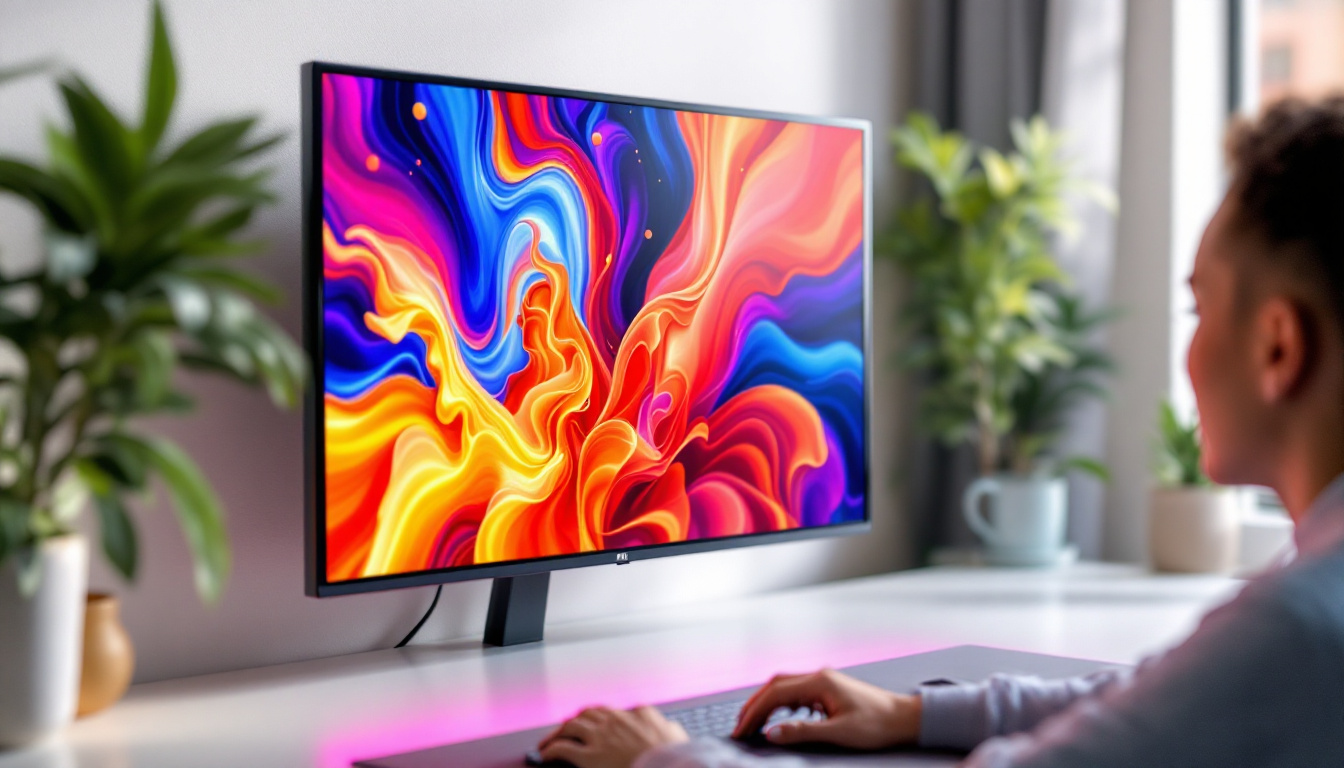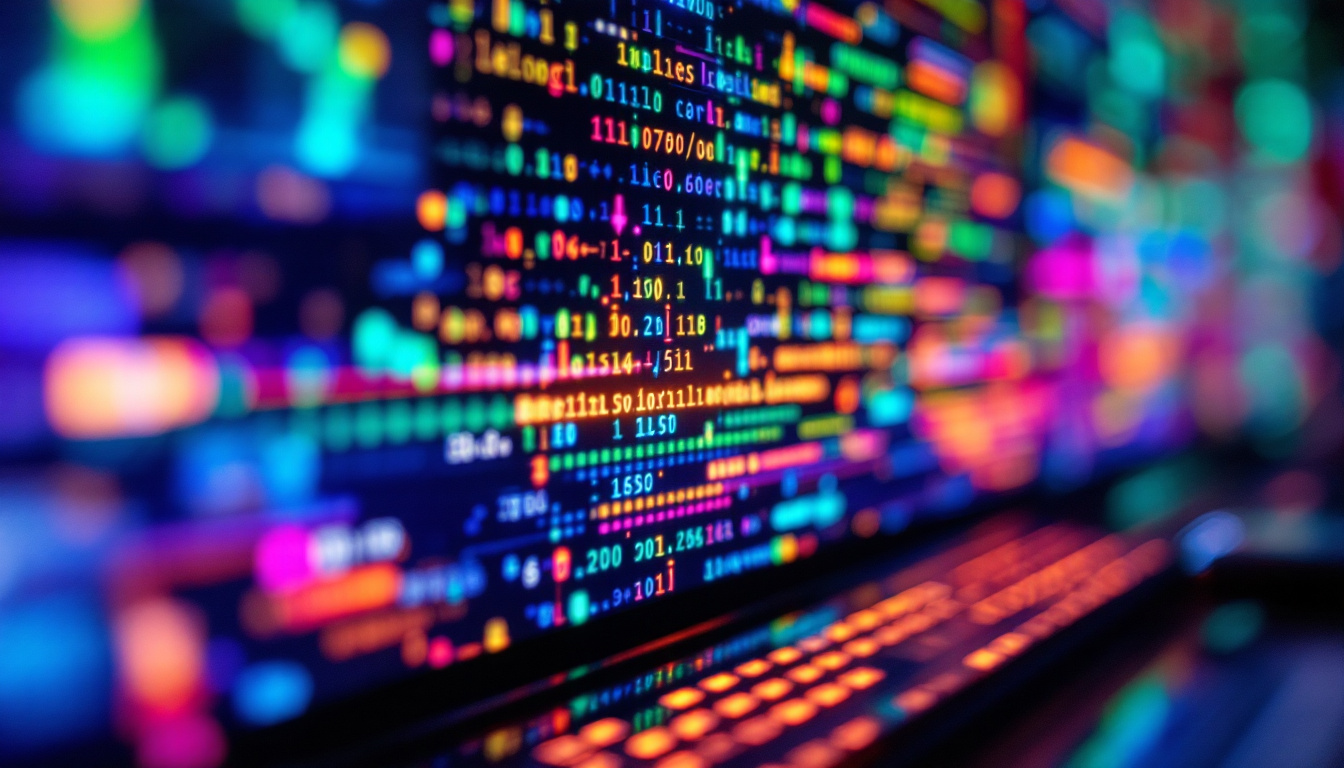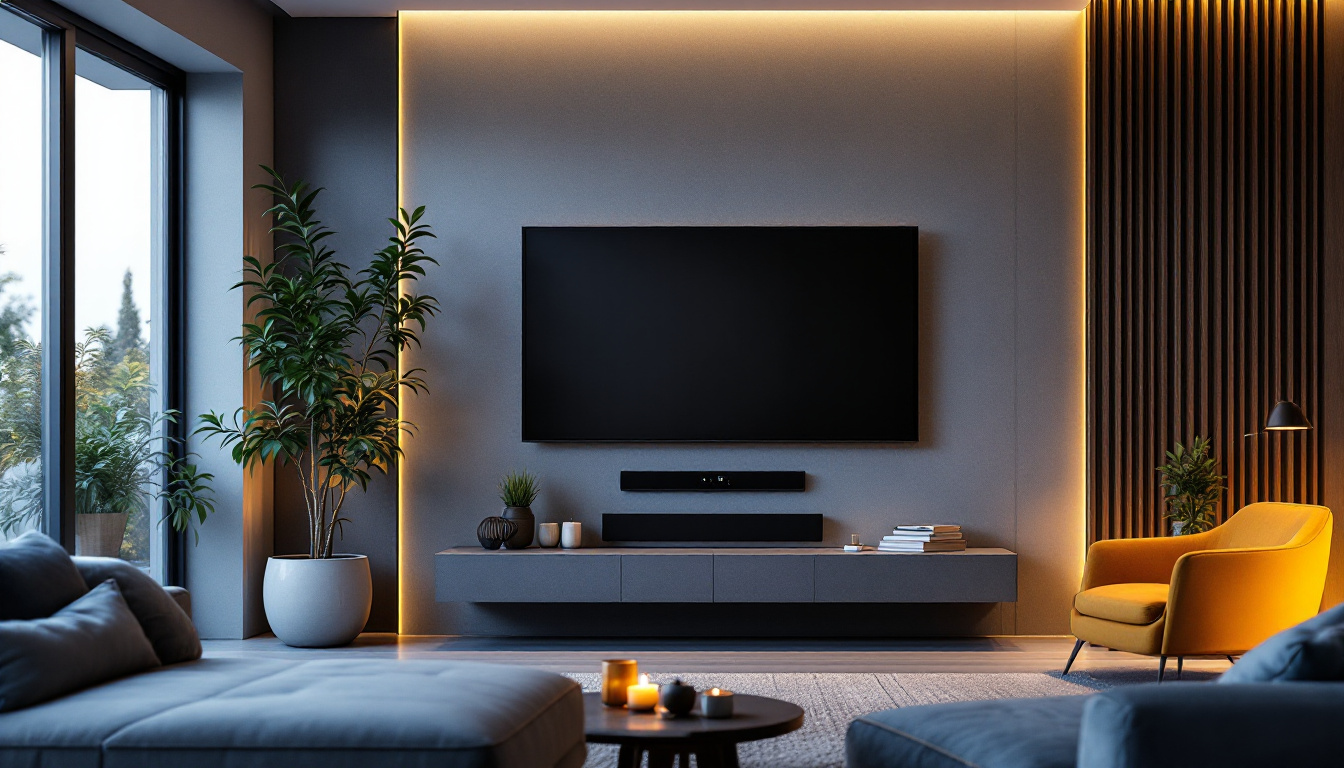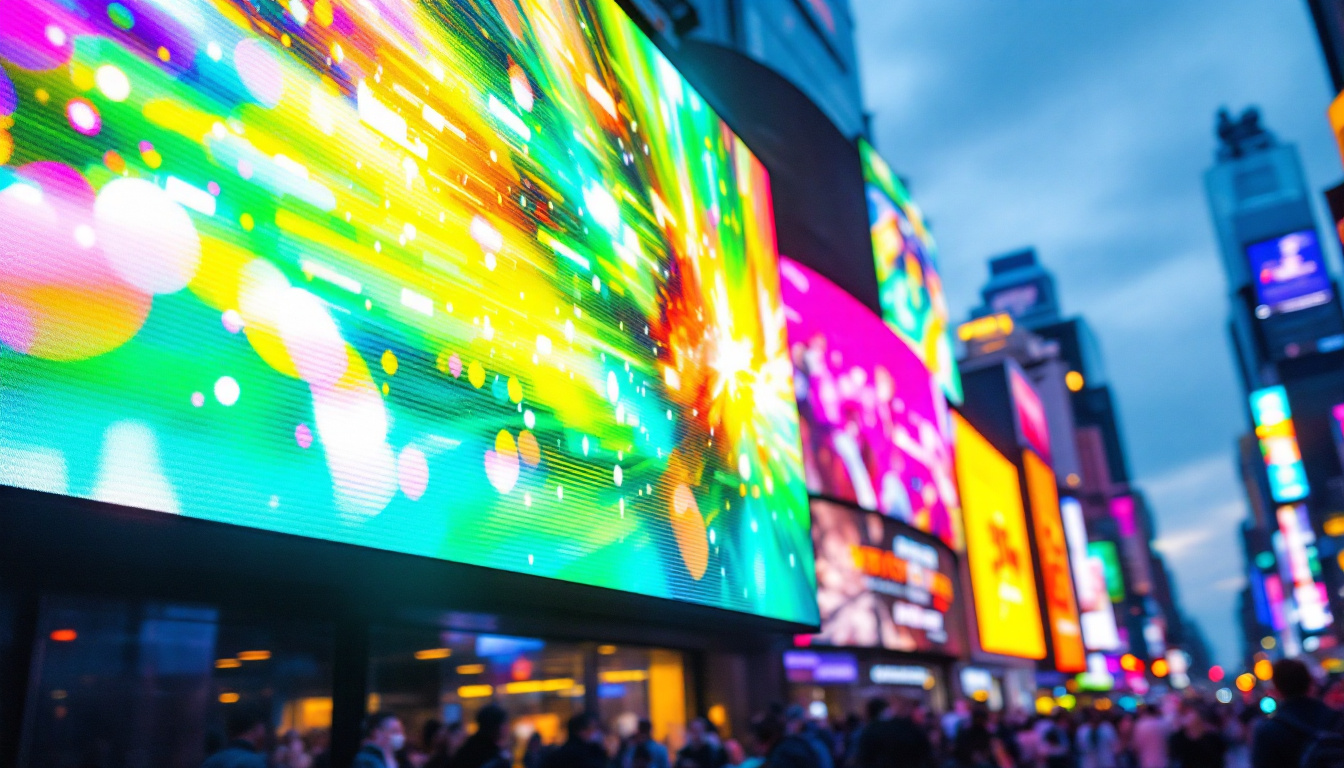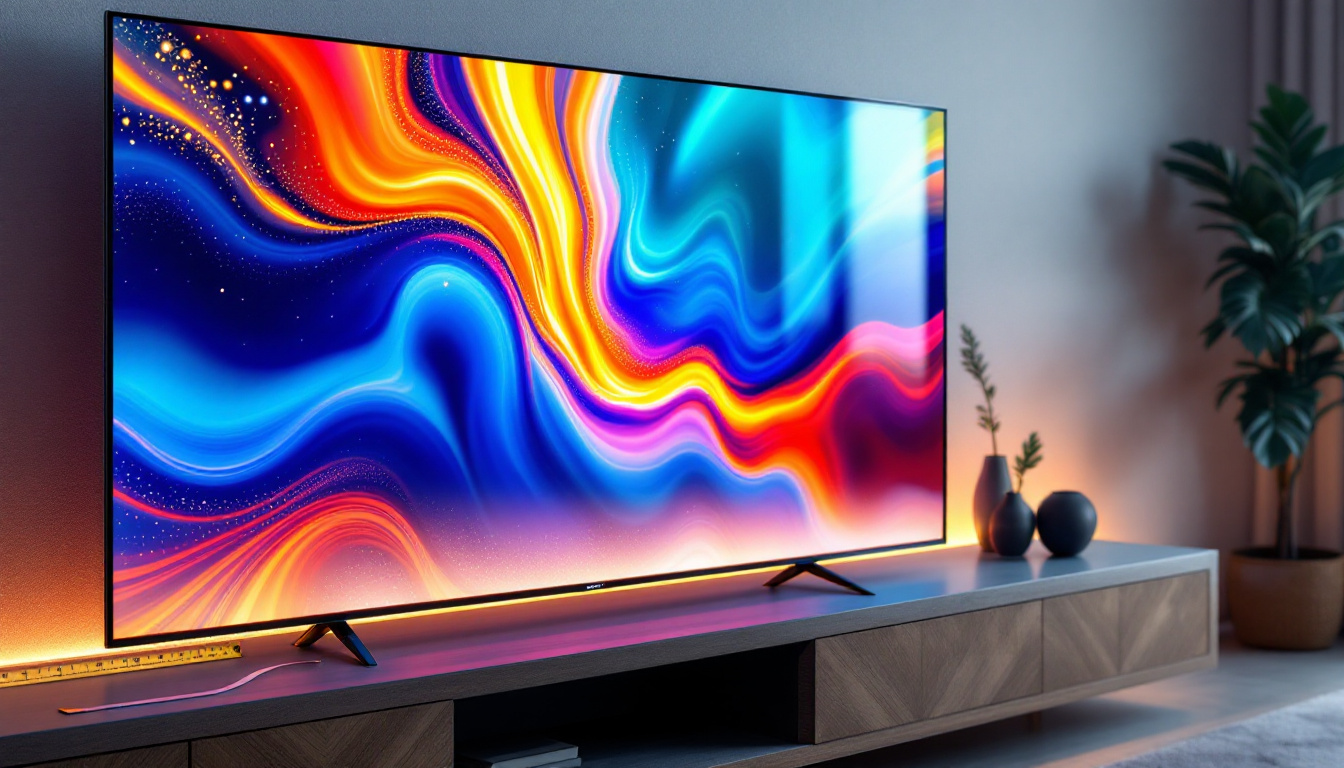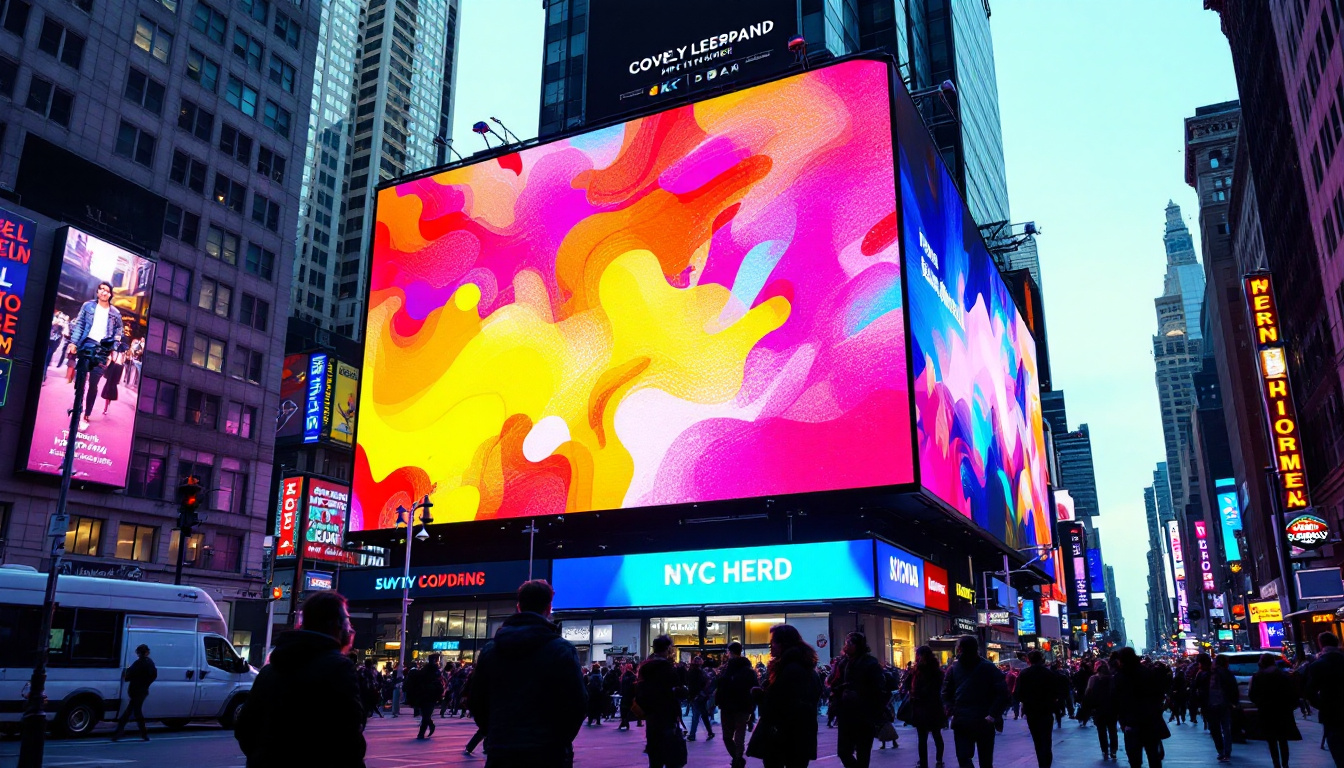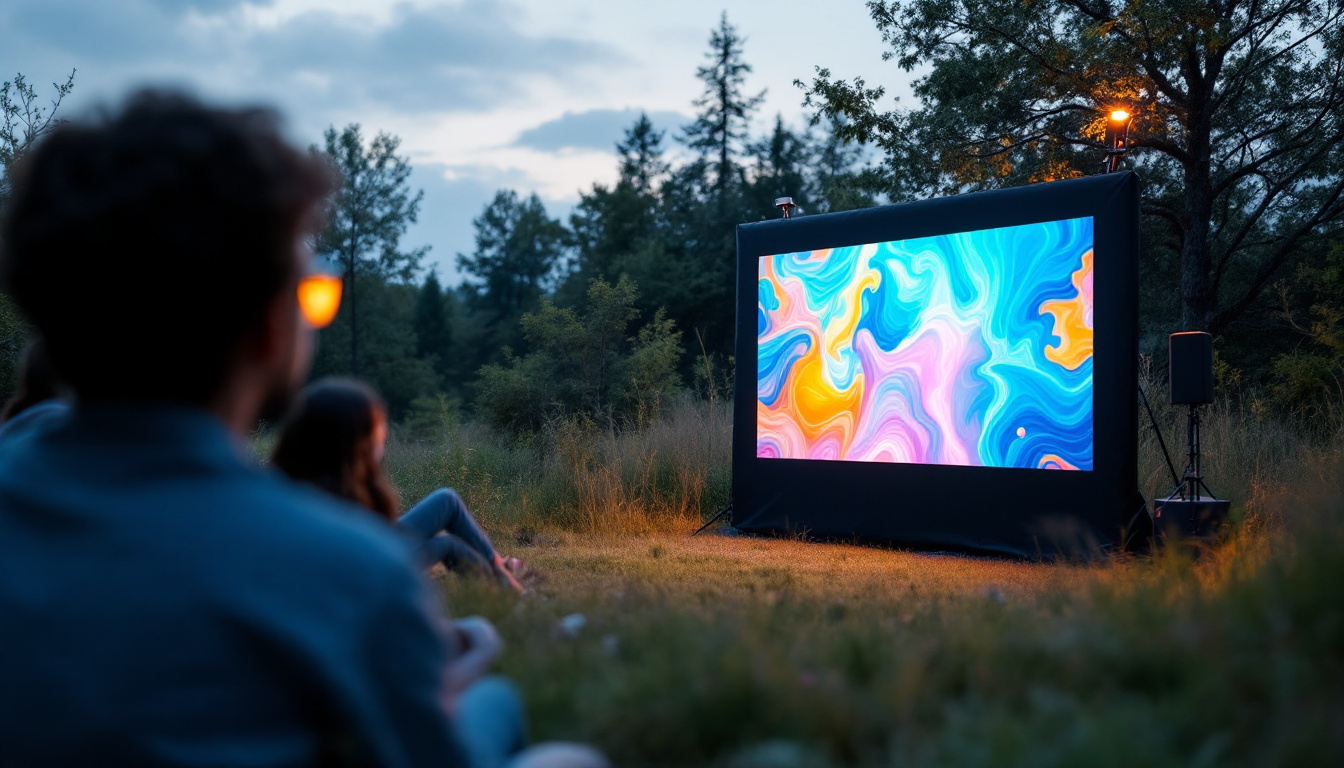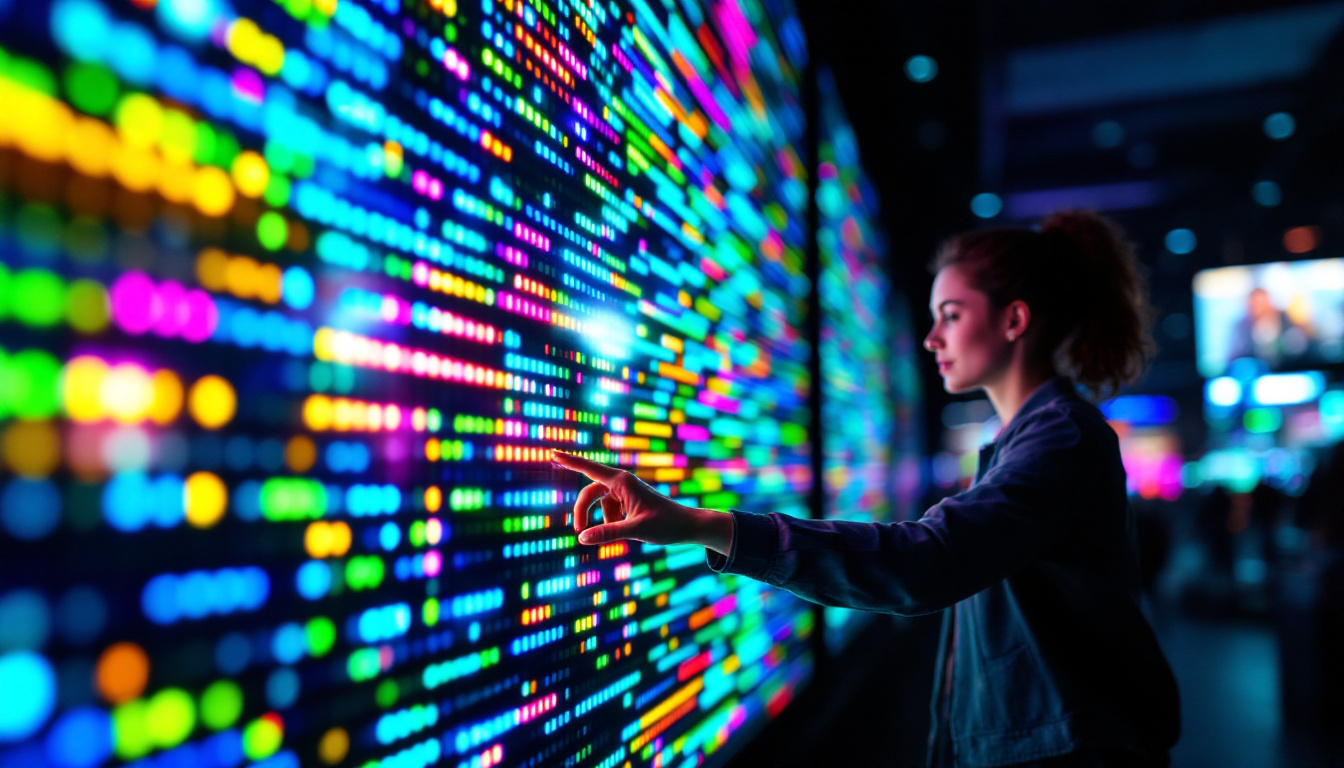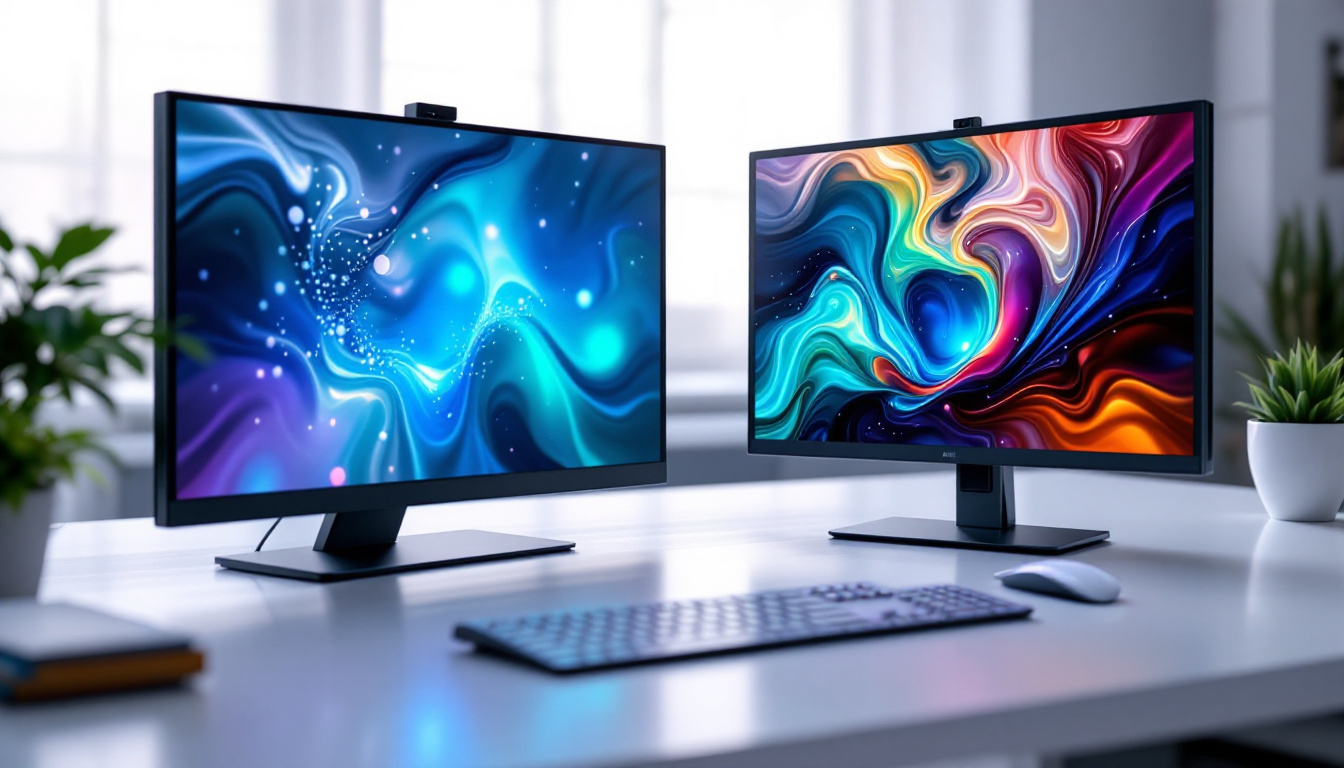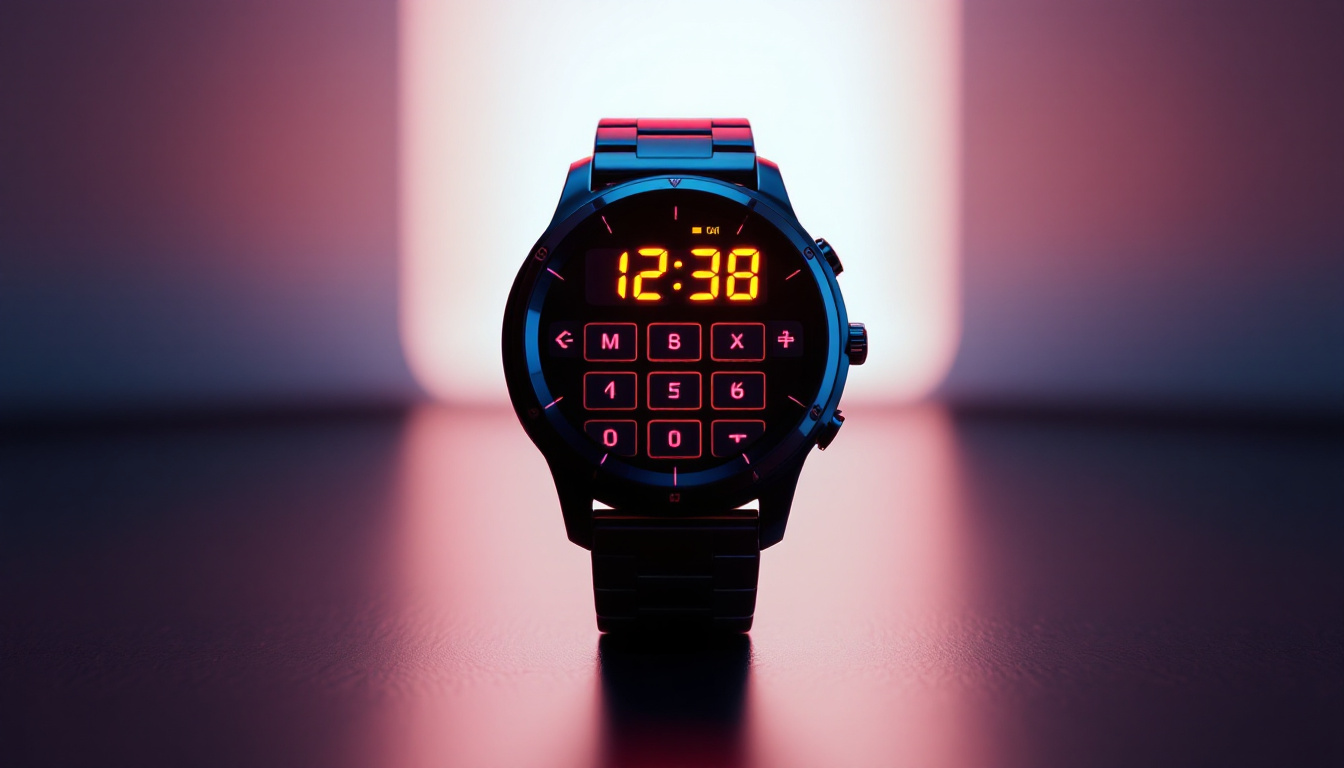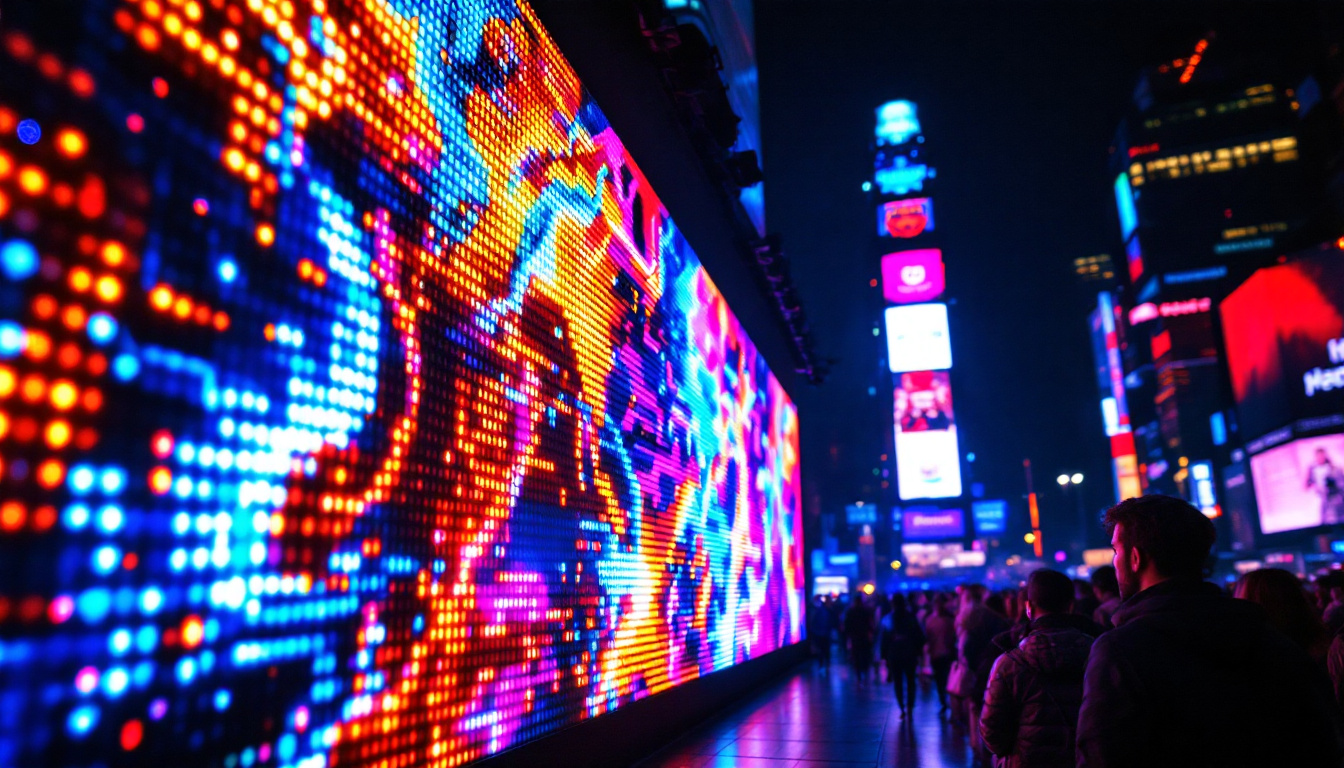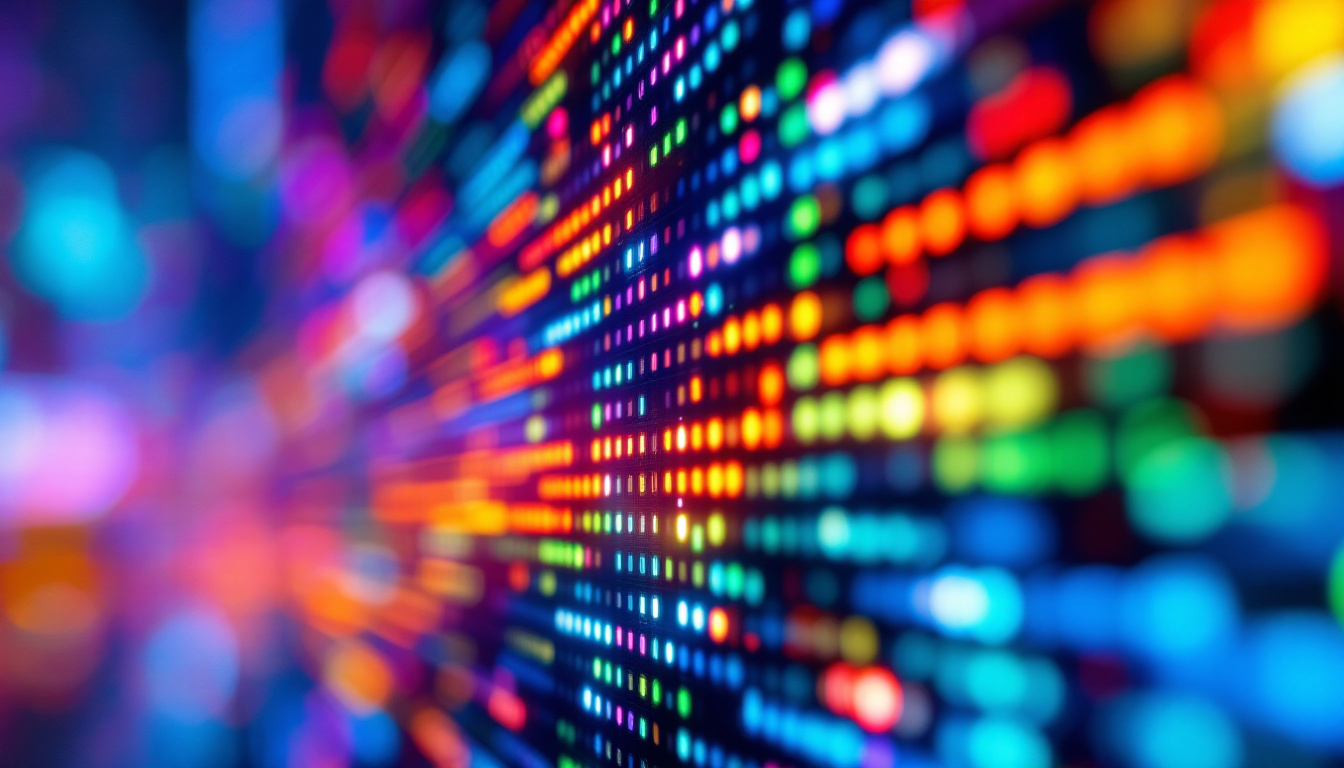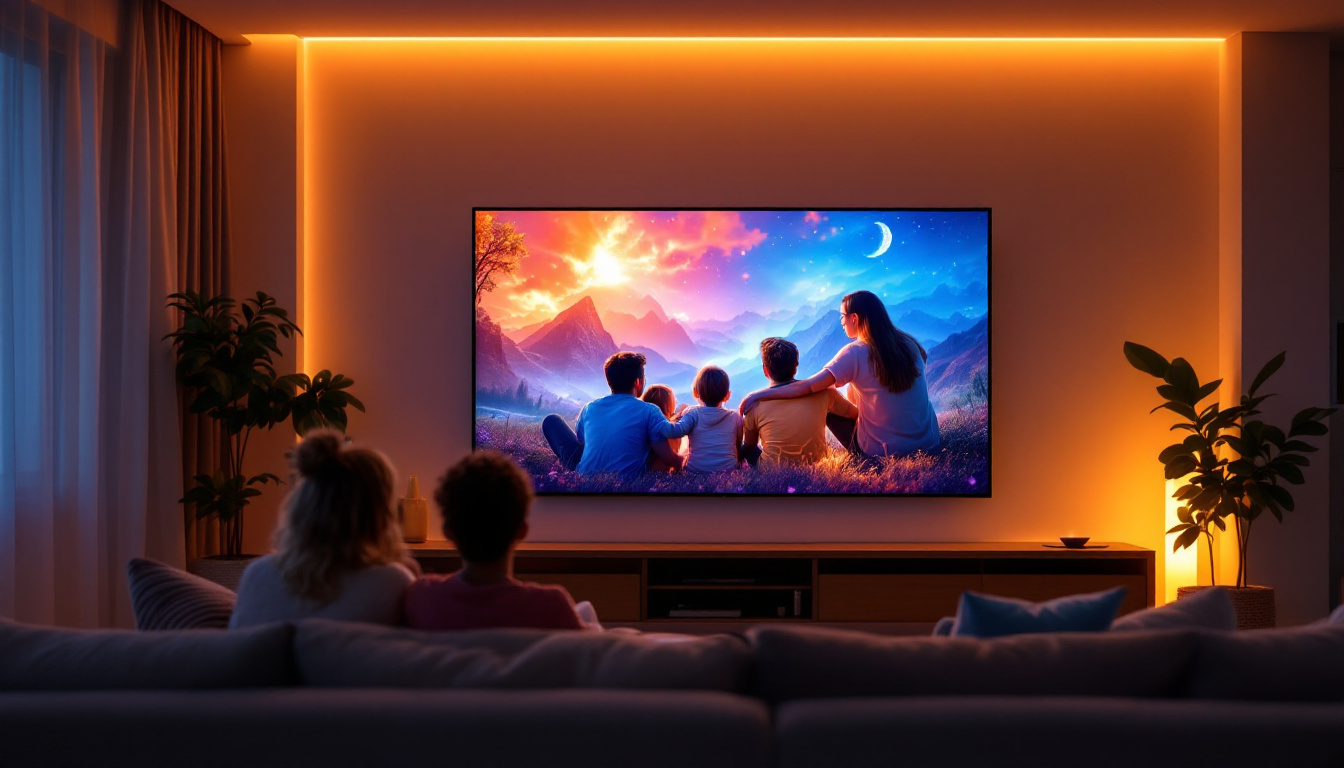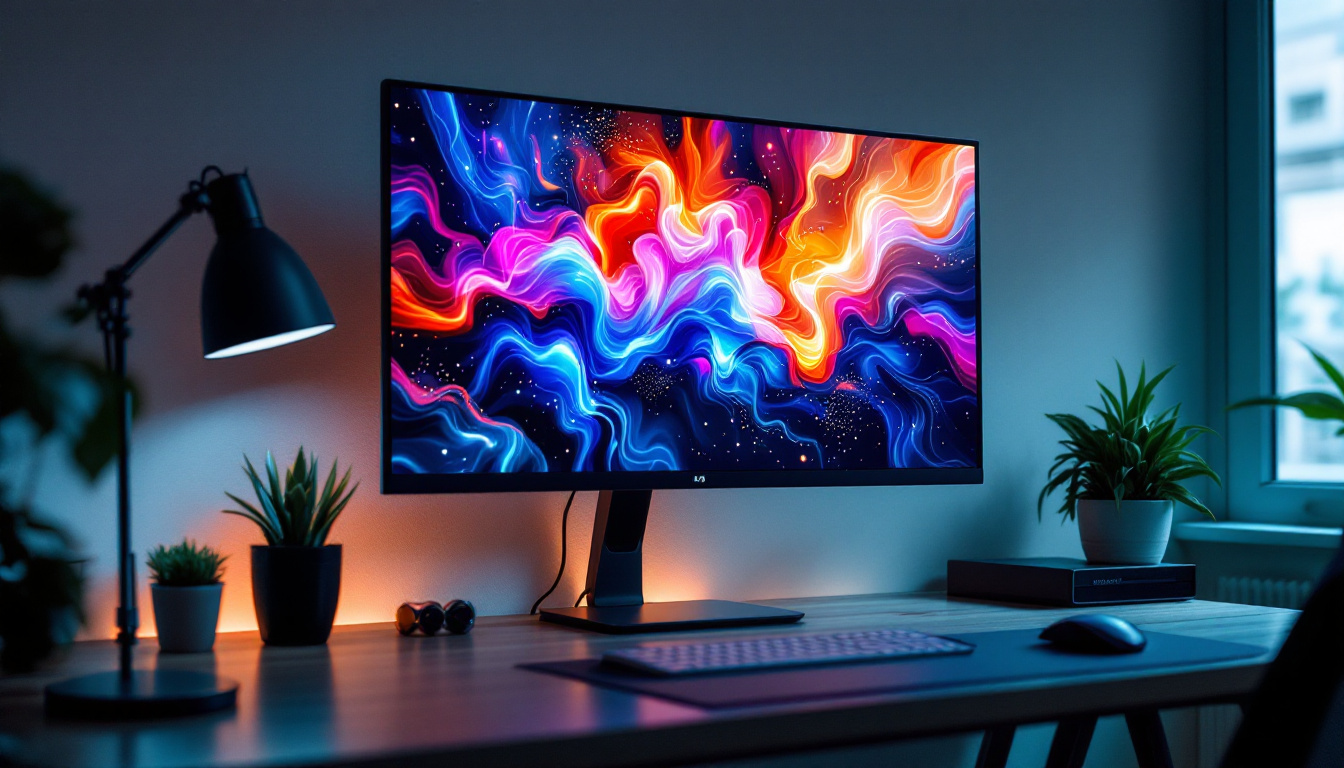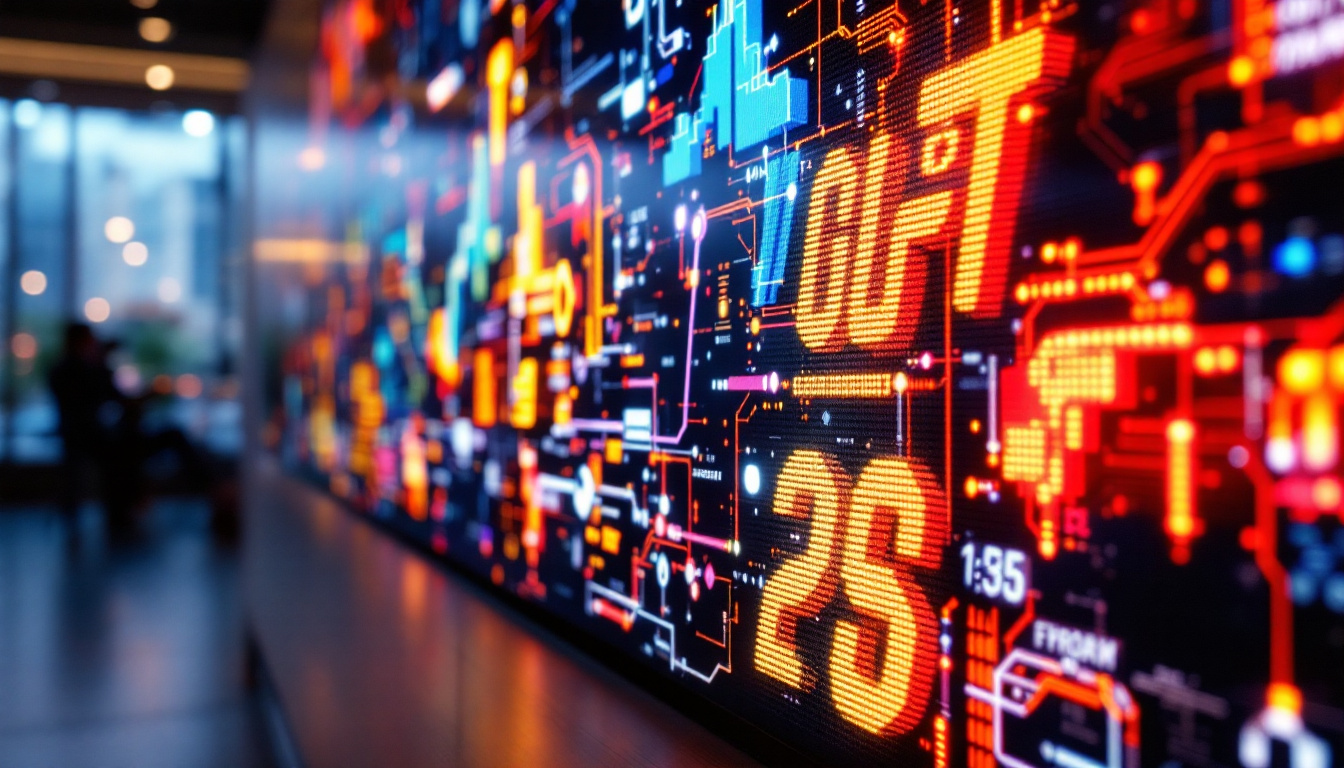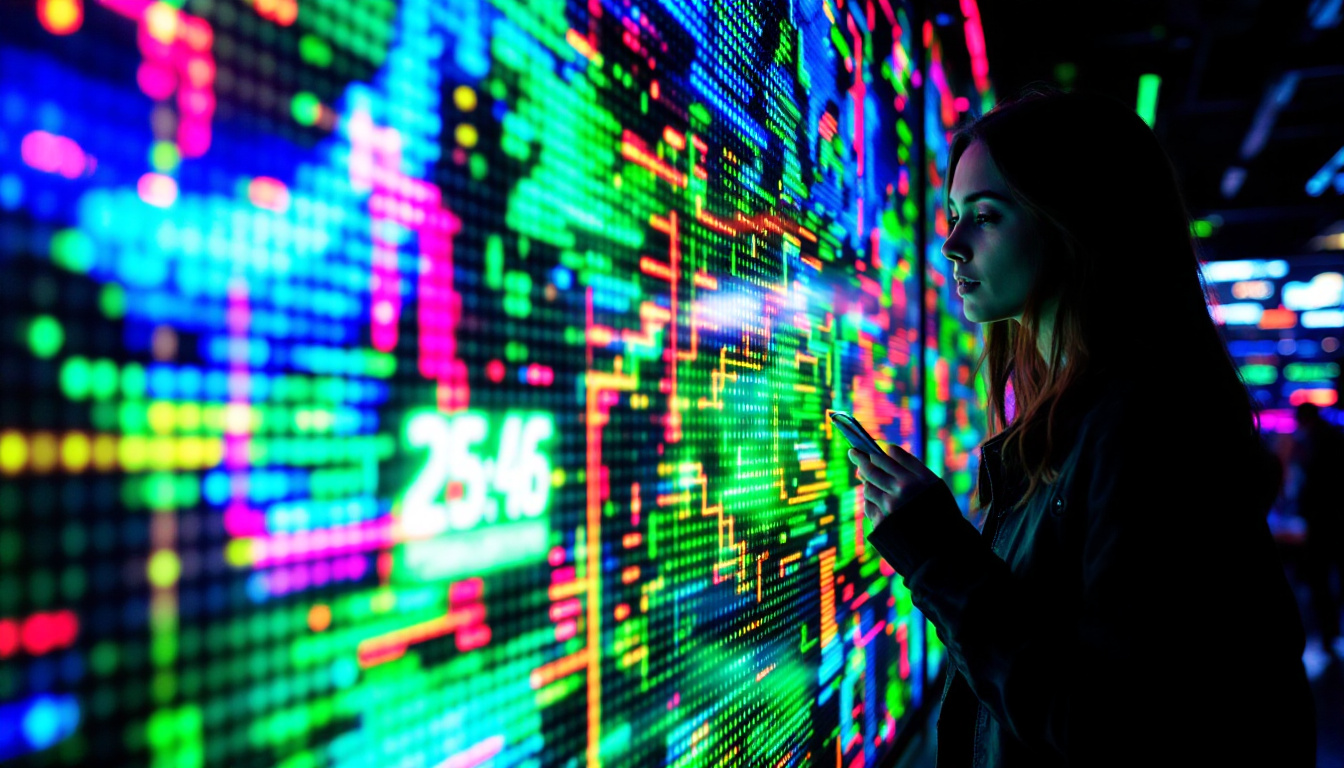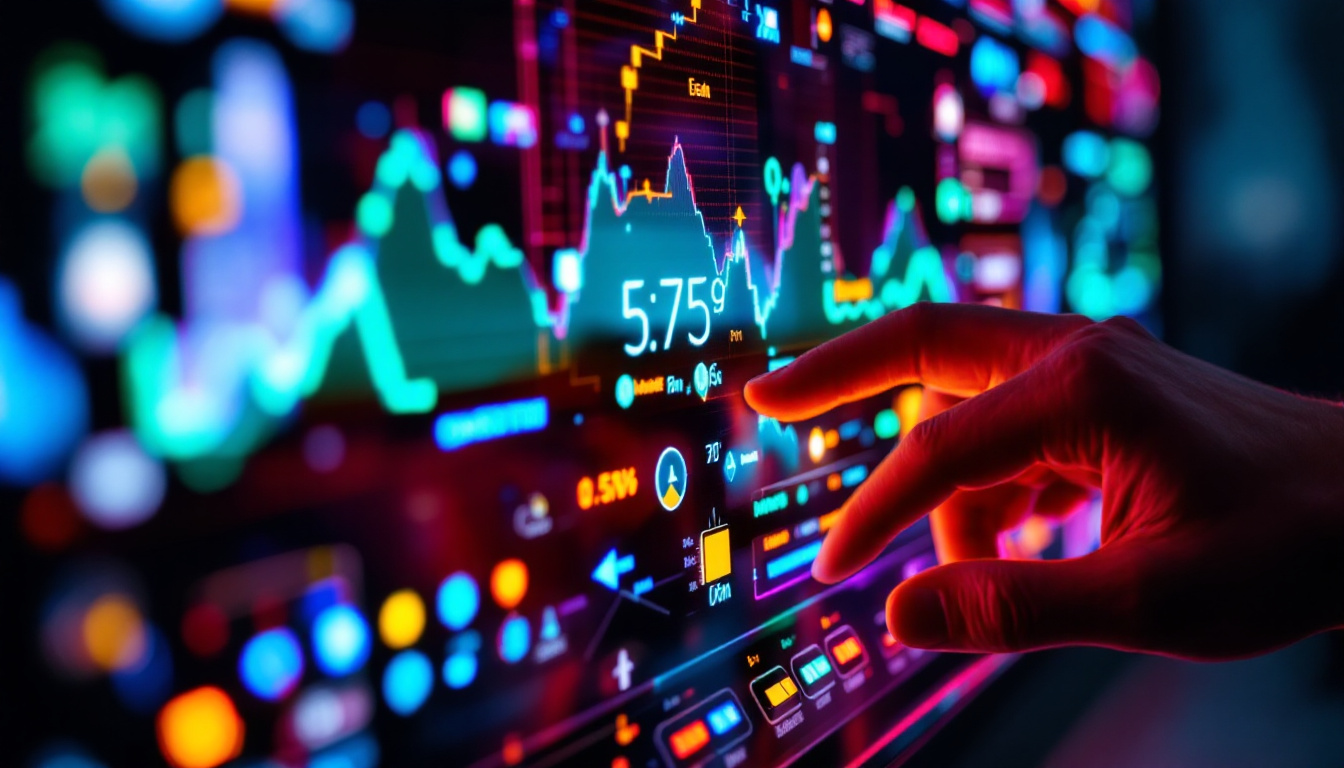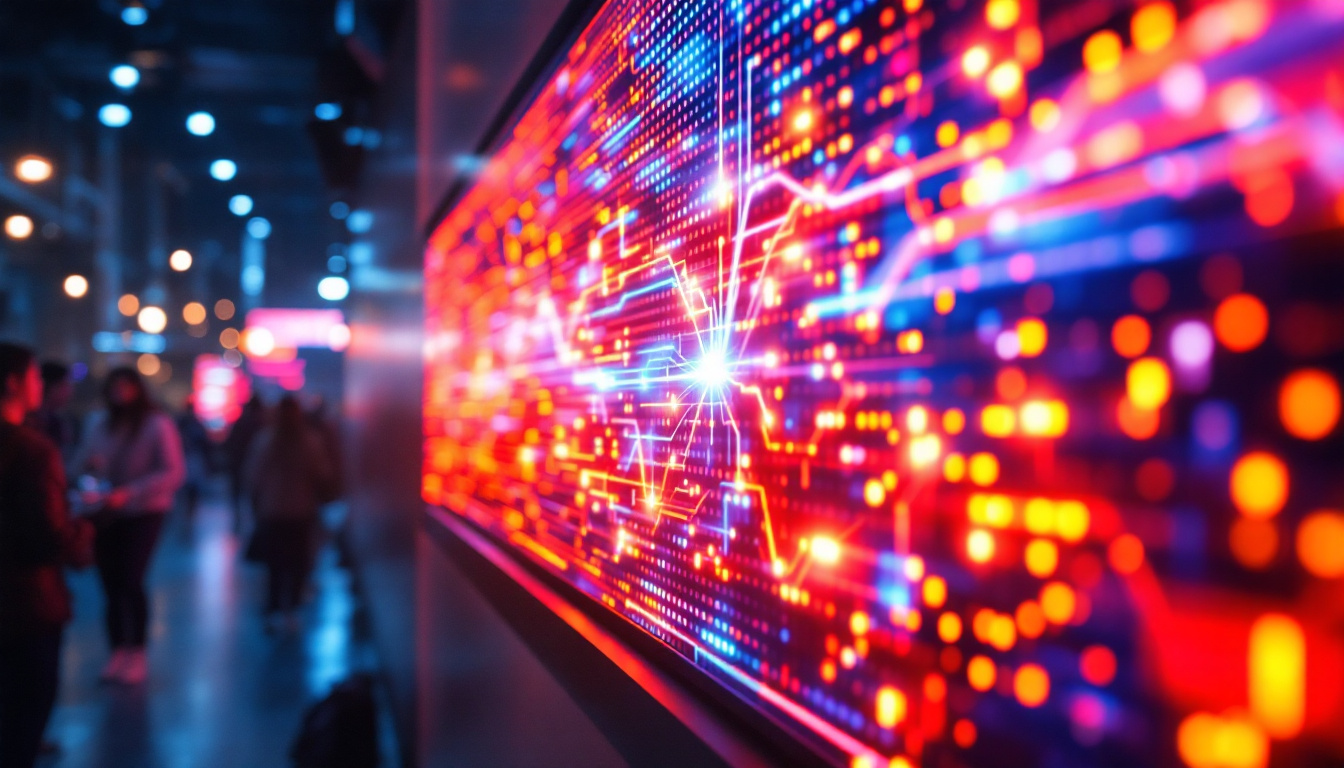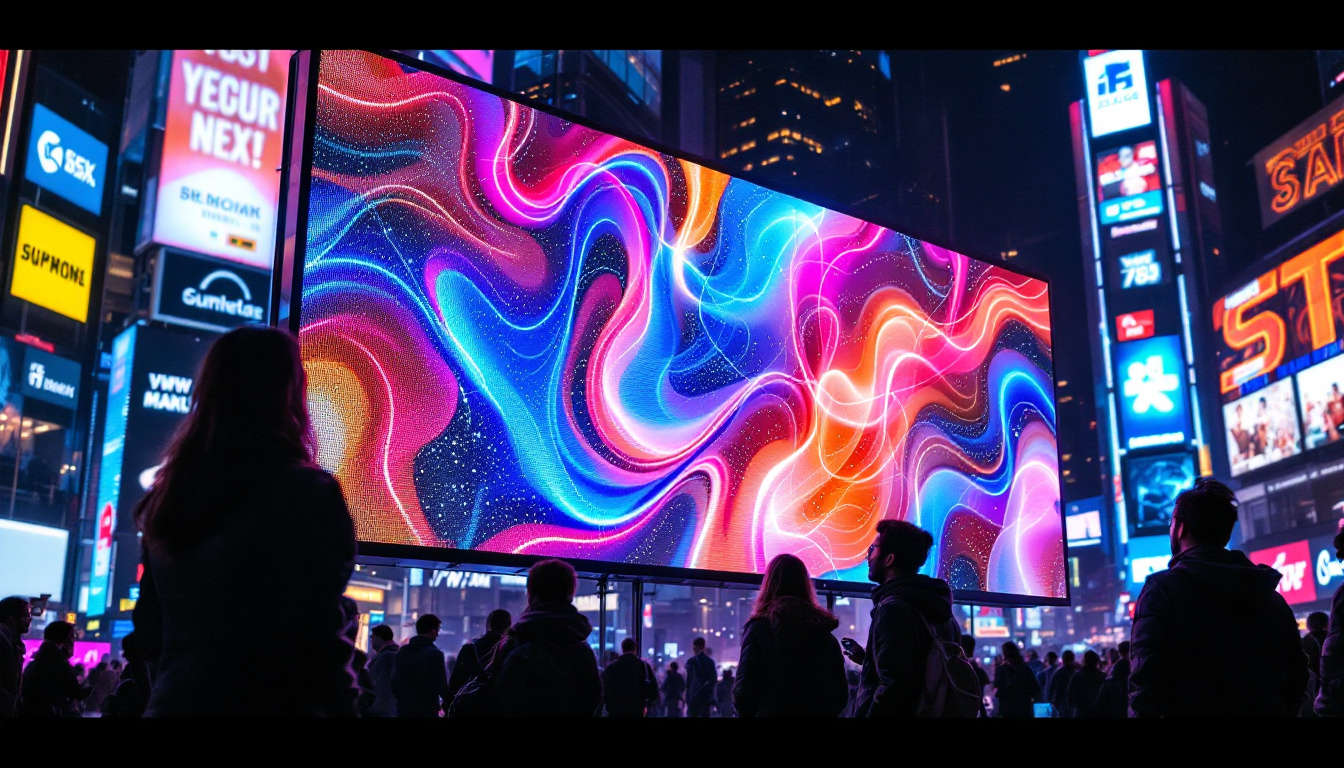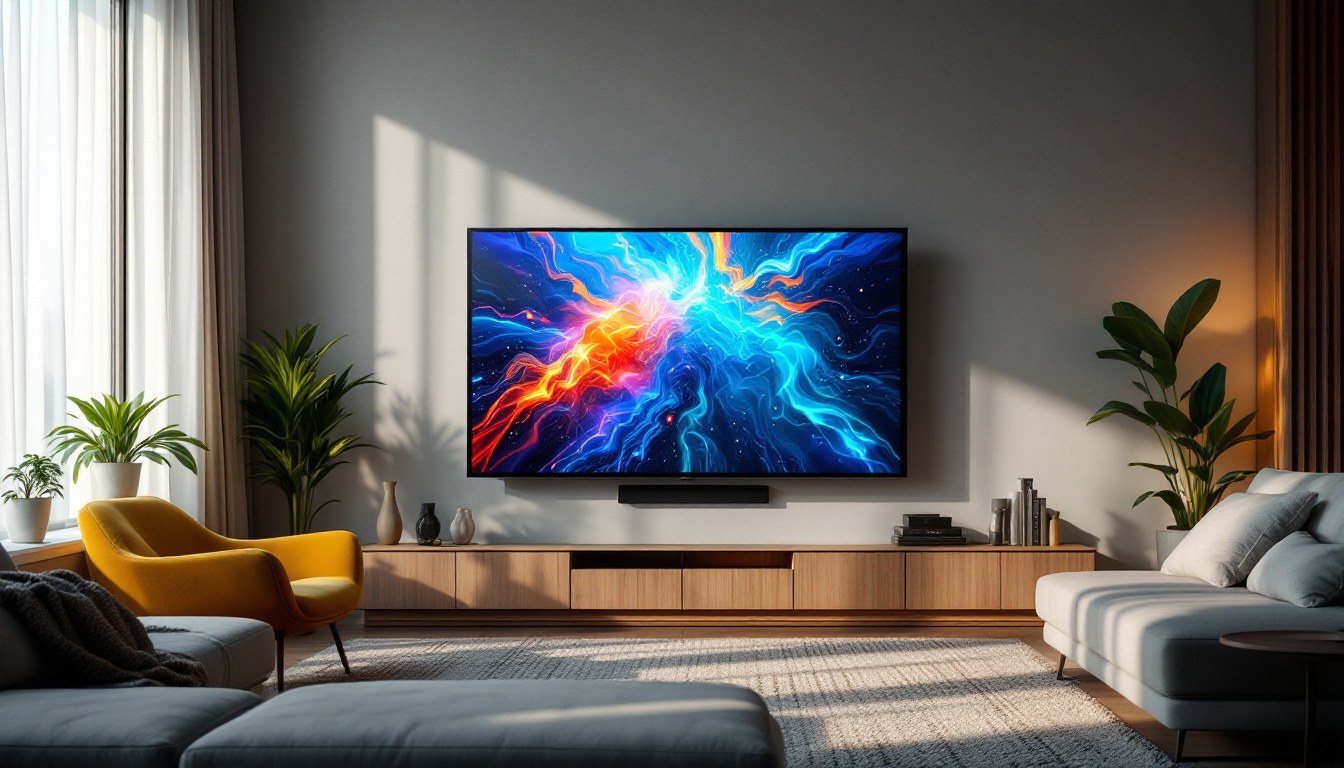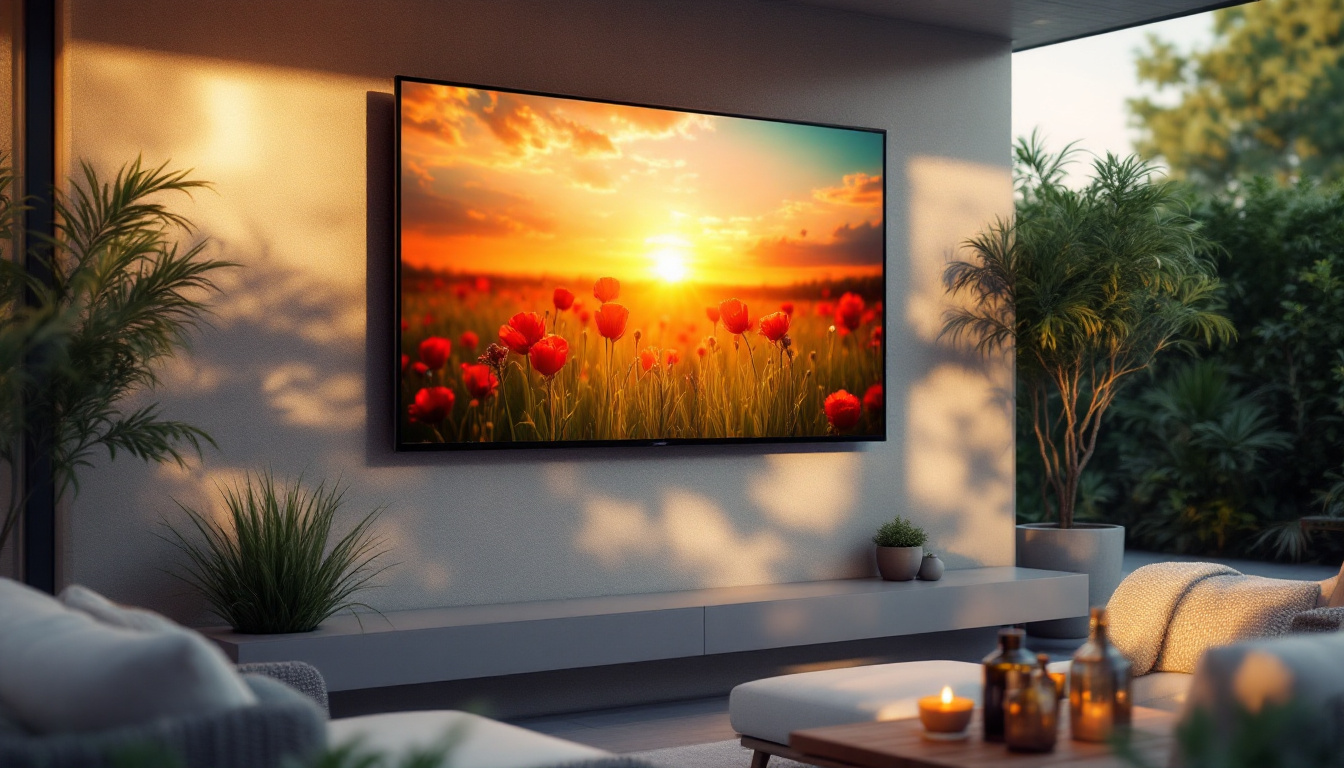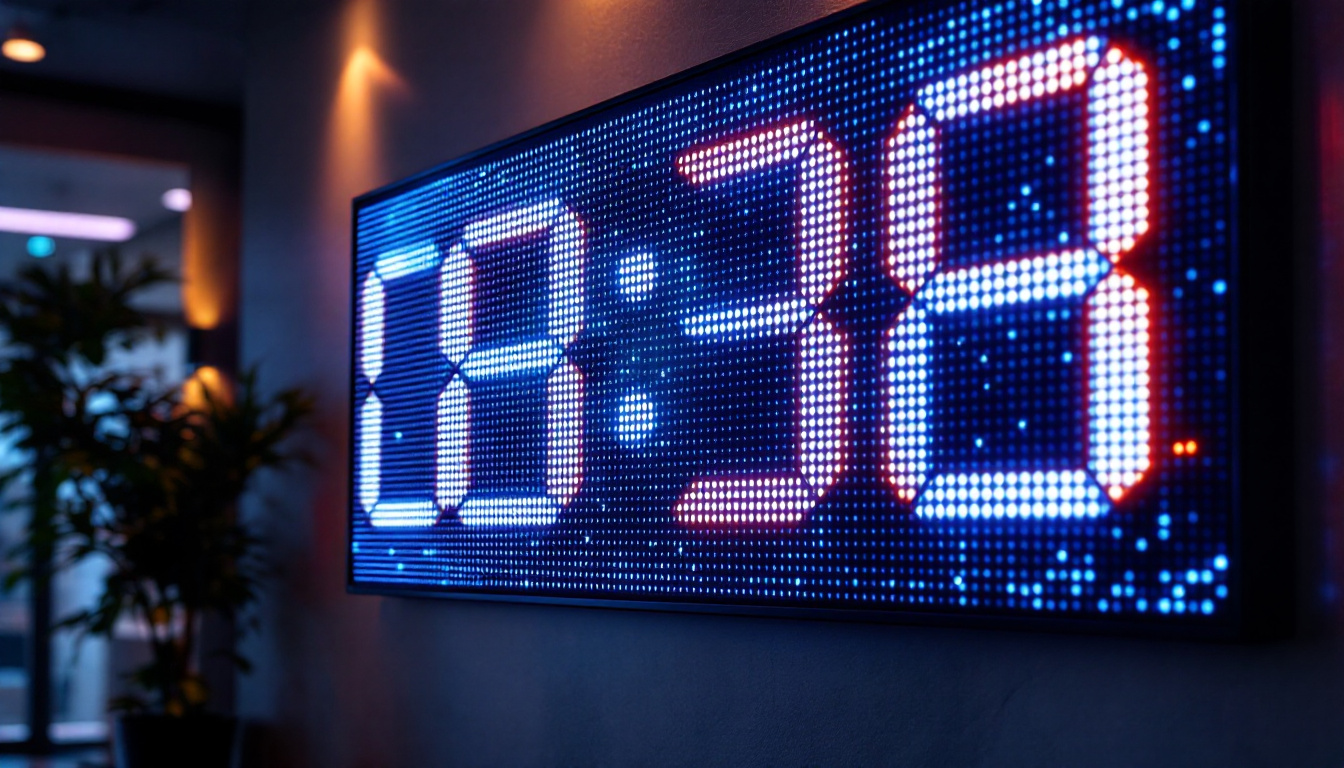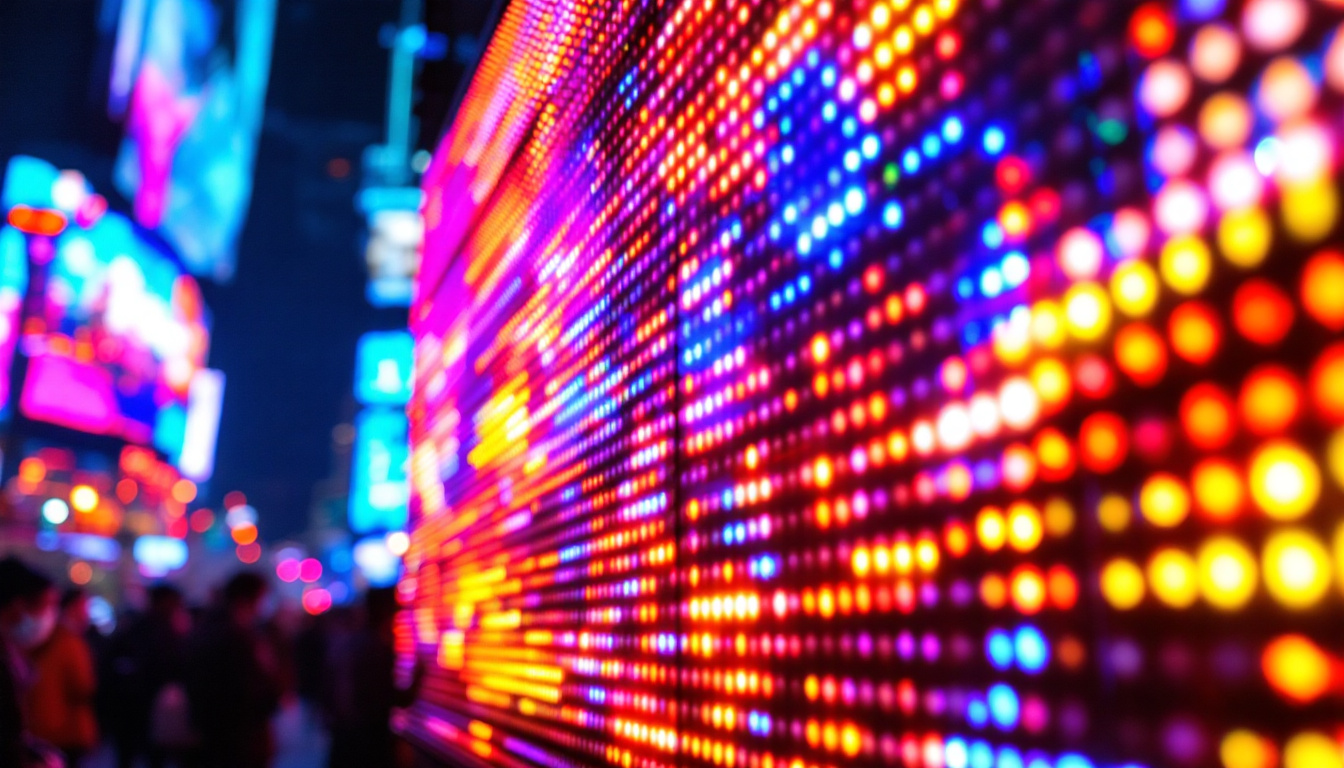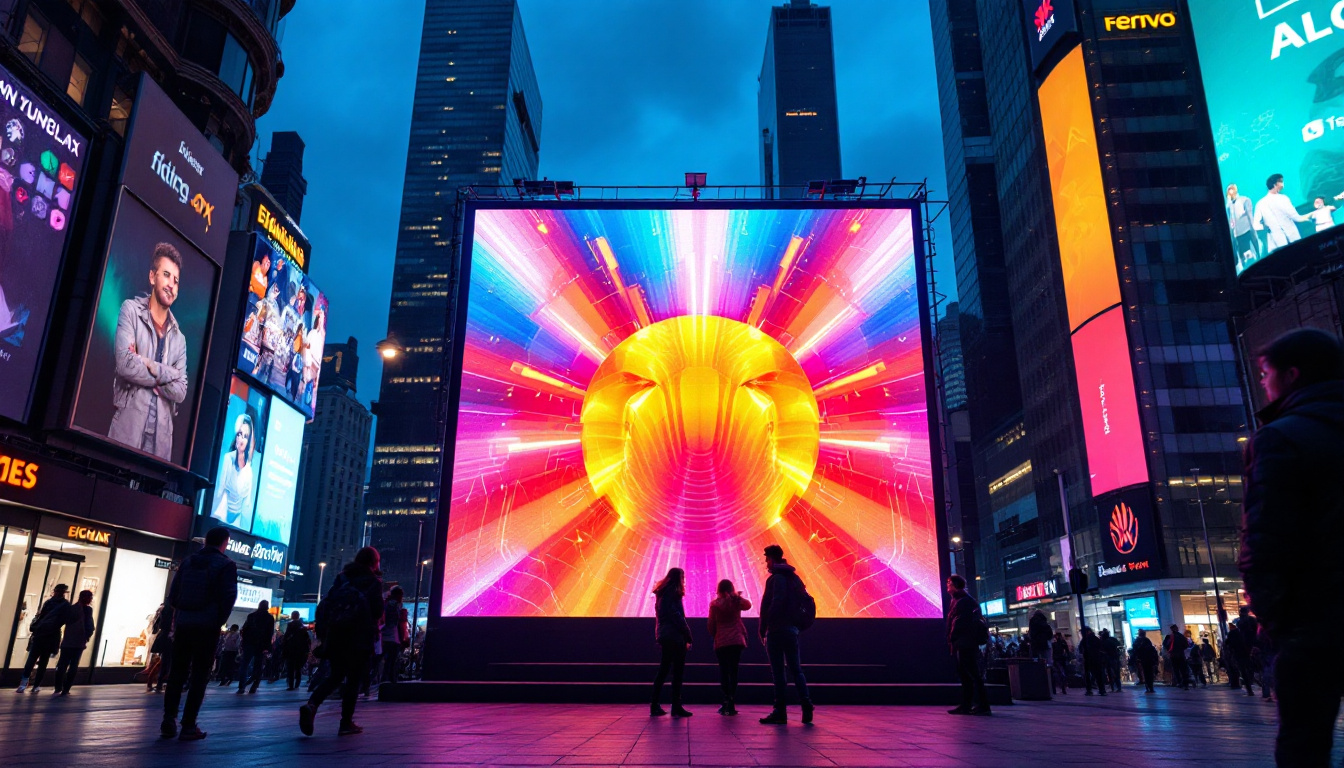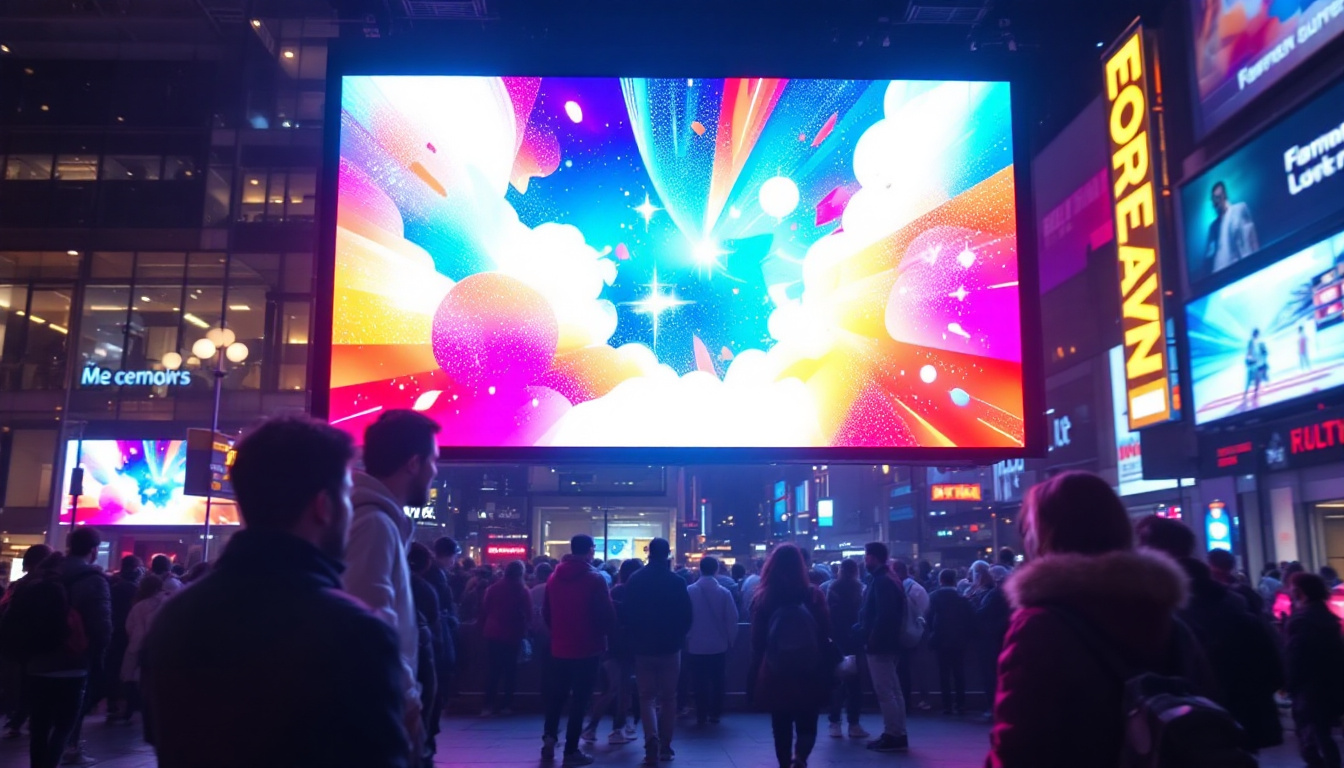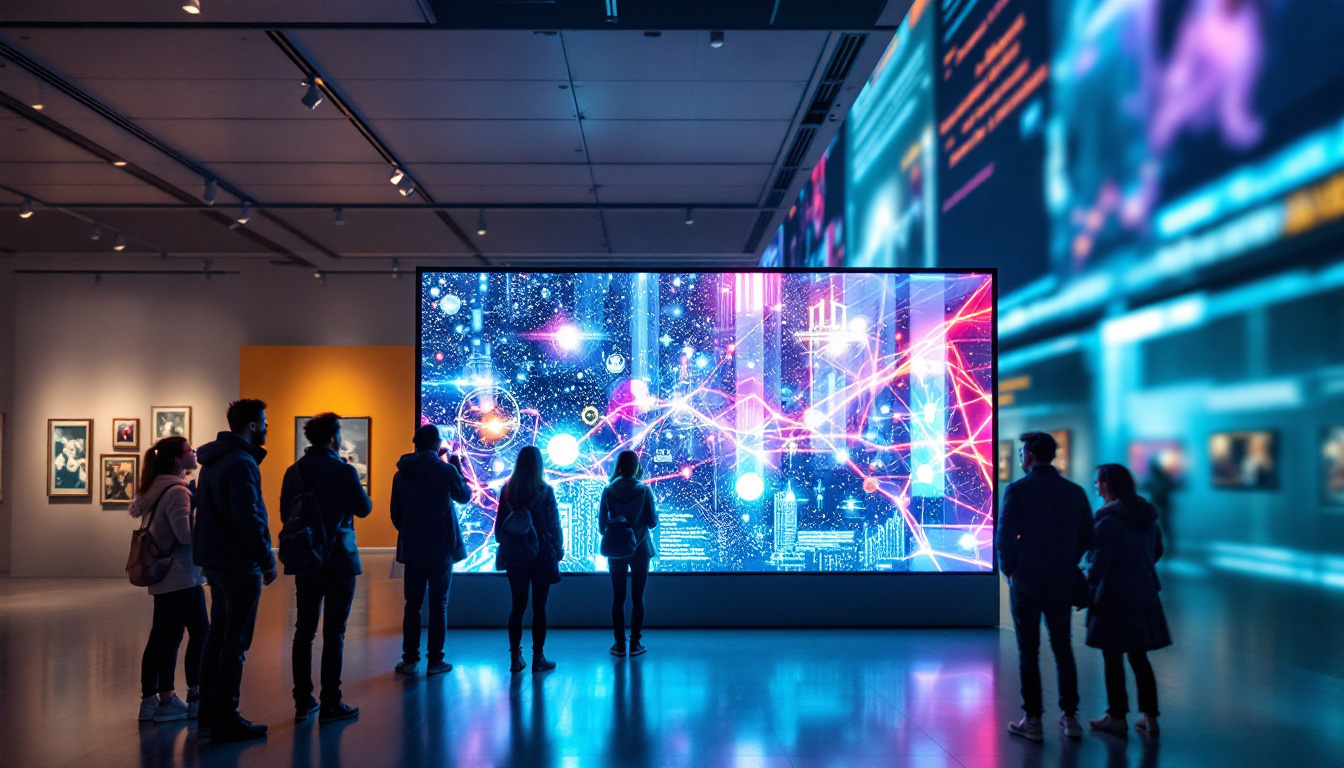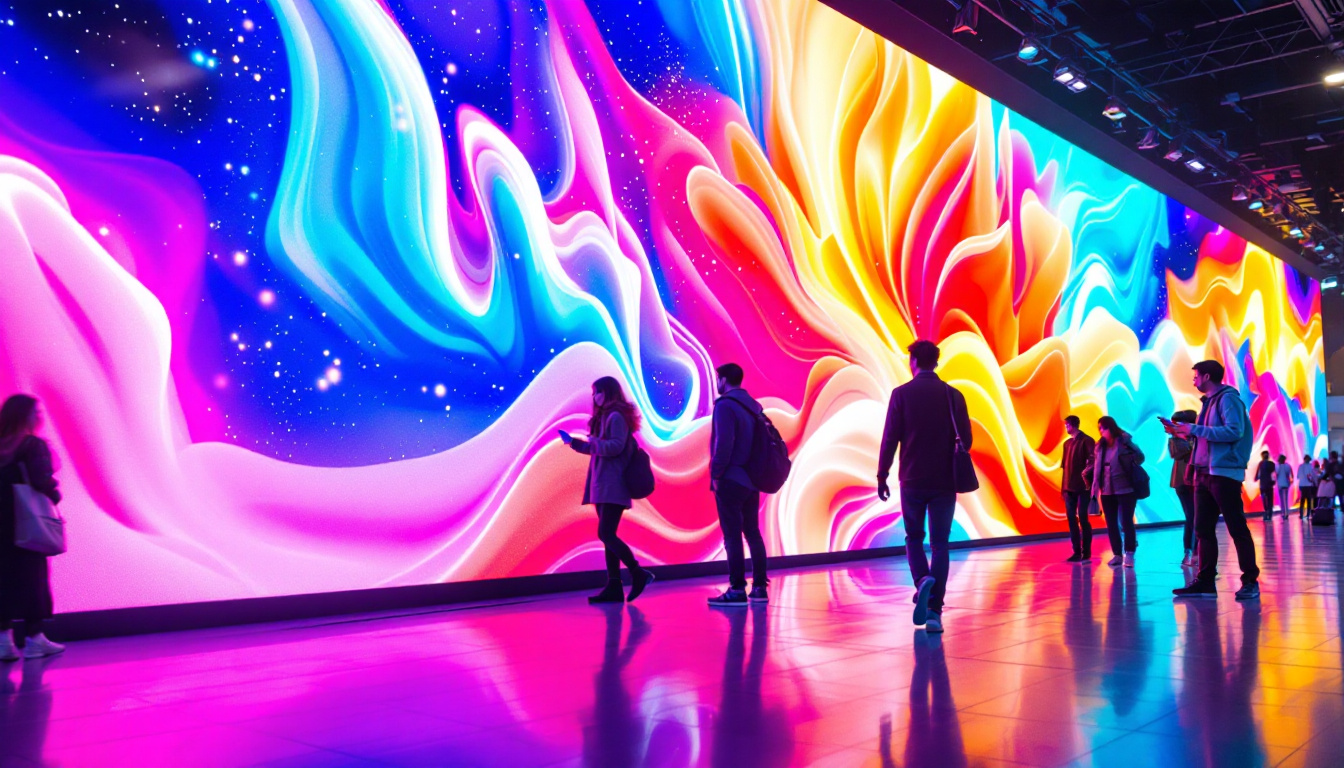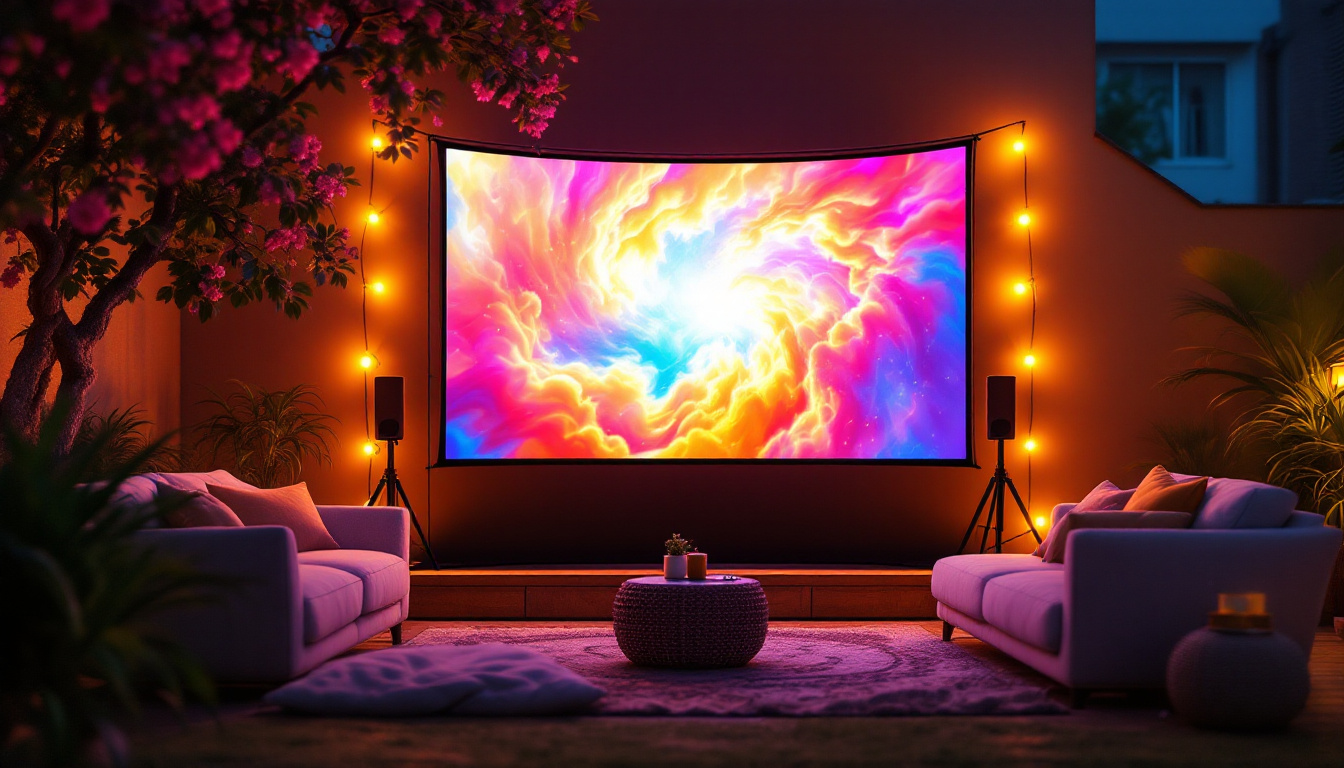In the ever-evolving world of technology, LED displays have emerged as a transformative force in how information is presented and consumed. From large-scale billboards to intimate home setups, the versatility and efficiency of LED technology have made it a staple in various industries. This article delves into the intricacies of LED displays, exploring their functionality, applications, and the future of this vibrant technology.
Understanding LED Technology
Light Emitting Diodes (LEDs) are semiconductor devices that emit light when an electric current passes through them. This fundamental principle is at the heart of LED displays, which utilize these tiny diodes to create images and videos. The technology has advanced significantly since its inception, leading to the development of various types of LED displays that cater to different needs and environments. As a result, LEDs have revolutionized the way we experience visual content, from advertising to entertainment, and even in our everyday lighting solutions.
The Basics of LED Operation
At its core, an LED works by electroluminescence. When electrons move through the semiconductor material, they release energy in the form of photons, which we perceive as light. The color of the light emitted depends on the materials used in the semiconductor. By combining different colored LEDs, displays can produce a wide spectrum of colors, allowing for vibrant visuals. This versatility is one reason why LEDs have become the preferred choice for a multitude of applications, ranging from decorative lighting to complex digital signage.
LED displays are typically composed of multiple pixels, each containing red, green, and blue (RGB) diodes. By adjusting the intensity of each color, a full-color image can be created. This pixel-based structure is what enables LED displays to achieve high resolutions and dynamic visuals. Furthermore, advancements in technology have led to the development of features such as pixel pitch, which refers to the distance between the centers of adjacent pixels. A smaller pixel pitch allows for closer viewing distances without loss of image quality, making LEDs ideal for both large-scale outdoor displays and intimate indoor environments.
Types of LED Displays
LED displays come in various forms, each suited for specific applications. The most common types include:
- Direct View LED Displays: These displays are made up of individual LEDs that form the entire screen. They are commonly used for outdoor advertising and large venues due to their brightness and visibility in sunlight. Their modular design also allows for easy scalability, making it possible to create large video walls that can be customized for different events or marketing campaigns.
- LED-Lit LCD Displays: These displays use LED backlighting to enhance the brightness and color accuracy of traditional LCD screens. They are widely used in televisions and computer monitors. The integration of LED technology has significantly improved energy efficiency and has allowed manufacturers to produce thinner and lighter screens, enhancing user experience.
- Organic LED (OLED) Displays: Utilizing organic compounds that emit light, OLED displays offer deeper blacks and more vibrant colors. They are often found in high-end televisions and smartphones. The flexibility of OLED technology also allows for innovative designs, such as curved screens and even transparent displays, pushing the boundaries of what is possible in visual technology.
In addition to these common types, there are also specialized LED displays designed for niche markets. For instance, MicroLED technology is emerging as a competitor to OLED, promising even better color accuracy and energy efficiency. These displays consist of microscopic LEDs that can be arranged to create stunning visuals with high contrast ratios. Meanwhile, transparent LED displays are gaining traction in retail environments, allowing for eye-catching advertising without obstructing the view behind the screen. As LED technology continues to evolve, it opens up new possibilities for creativity and functionality in visual communication.
Applications of LED Displays
The versatility of LED displays allows them to be used in a myriad of applications across various sectors. From advertising to entertainment, the impact of LED technology is profound.
Advertising and Marketing
One of the most prominent uses of LED displays is in advertising. Digital billboards and signage have revolutionized the way brands communicate with consumers. With the ability to change content dynamically, businesses can tailor their messages based on time, audience, or even weather conditions.
Moreover, LED displays can capture attention more effectively than traditional printed ads. Their brightness and motion capabilities draw viewers in, making them an attractive option for businesses looking to enhance their visibility.
Entertainment and Events
In the entertainment industry, LED displays play a crucial role in enhancing experiences. Concerts, festivals, and sporting events often feature large LED screens that provide visuals and information to audiences. These displays can create immersive environments, amplifying the overall atmosphere of the event.
Additionally, LED technology is integral to the film and television industry. From studio lighting to on-screen graphics, LEDs are used to create stunning visuals that captivate audiences.
Retail and Hospitality
In retail environments, LED displays are used for everything from in-store promotions to interactive kiosks. They can showcase products, provide information, and even engage customers with interactive content. This not only enhances the shopping experience but also drives sales through targeted marketing.
In the hospitality sector, LED displays are used for wayfinding, event schedules, and promotional content. Hotels and resorts utilize these displays to provide guests with real-time information, enhancing their overall experience.
The Advantages of LED Displays
LED displays offer numerous advantages that contribute to their widespread adoption. Understanding these benefits can help businesses and consumers make informed decisions when considering display options.
Energy Efficiency
One of the most significant benefits of LED technology is its energy efficiency. Compared to traditional display technologies such as incandescent or fluorescent lights, LEDs consume considerably less power. This not only reduces operational costs but also minimizes the environmental impact.
The longevity of LED displays is another factor that contributes to their efficiency. With a lifespan of up to 100,000 hours, LEDs require less frequent replacements, further reducing waste and maintenance costs.
Brightness and Visibility
LED displays are known for their exceptional brightness, making them suitable for both indoor and outdoor applications. Their high luminosity ensures that content remains visible even in direct sunlight, a crucial factor for outdoor advertising.
Furthermore, LED displays maintain color accuracy and clarity at various viewing angles, ensuring that audiences can enjoy consistent visuals regardless of their position relative to the screen.
Flexibility and Customization
LED technology offers remarkable flexibility in design and application. Displays can be customized in size, shape, and resolution to meet specific needs. This adaptability allows for creative installations, such as curved screens or large video walls, that can transform spaces and enhance visual communication.
Additionally, advancements in technology have led to the development of transparent and flexible LED displays, opening new possibilities for innovative applications in architecture and design.
Challenges and Considerations
Despite their many advantages, LED displays also come with certain challenges that need to be addressed. Understanding these challenges is essential for making informed decisions about their use.
Initial Costs
The initial investment for LED displays can be higher compared to traditional display technologies. While the long-term savings in energy and maintenance costs can offset this initial expense, businesses must carefully consider their budget and return on investment.
However, as technology advances and production methods improve, the costs of LED displays have been steadily decreasing, making them more accessible to a wider audience.
Heat Management
LED displays generate heat during operation, which can impact their performance and lifespan if not managed properly. Adequate cooling systems are necessary to prevent overheating, especially in large installations. This consideration is crucial for ensuring the longevity and reliability of the display.
Content Management
While LED displays offer dynamic content capabilities, managing and updating that content can be a challenge. Businesses need to invest in content management systems and training to ensure that their displays are utilized effectively. Regular updates and maintenance are essential to keep the content fresh and engaging for viewers.
The Future of LED Displays
As technology continues to evolve, the future of LED displays looks promising. Innovations in materials, design, and functionality are paving the way for even more advanced applications.
Advancements in Technology
Emerging technologies such as MicroLED and MiniLED are set to revolutionize the display industry. These technologies promise improved color accuracy, higher resolutions, and even greater energy efficiency. MicroLED, in particular, offers the potential for self-emissive displays that can rival OLED performance while maintaining the advantages of LED technology.
Additionally, advancements in artificial intelligence and machine learning are enabling smarter content management systems that can optimize display performance and audience engagement in real-time.
Integration with Smart Technologies
The integration of LED displays with smart technologies is another trend shaping the future of this industry. As the Internet of Things (IoT) continues to grow, LED displays can become part of interconnected systems that provide real-time data and analytics.
This integration can enhance user experiences, allowing for personalized content delivery based on audience preferences and behaviors. For instance, retail environments can use data from customer interactions to display targeted promotions on LED screens.
Environmental Considerations
As sustainability becomes a priority for businesses and consumers alike, the LED display industry is also focusing on eco-friendly practices. Manufacturers are exploring ways to reduce the environmental impact of production and disposal, including using recyclable materials and energy-efficient manufacturing processes.
Moreover, the long lifespan and energy efficiency of LED technology contribute to its sustainability, making it a preferred choice for environmentally-conscious consumers and businesses.
Conclusion
LED displays have transformed the landscape of visual communication, offering unparalleled brightness, energy efficiency, and versatility. Their applications span various industries, from advertising to entertainment, enhancing experiences and driving engagement.
While challenges such as initial costs and content management exist, the benefits of LED technology far outweigh these concerns. As advancements continue to emerge, the future of LED displays promises even more innovative solutions that will shape how information is presented and consumed.
In a world where visual content is king, understanding and leveraging the potential of LED displays will be crucial for businesses and consumers alike. Embracing this technology not only enhances communication but also paves the way for a more vibrant and engaging future.
Illuminate Your World with LumenMatrix
Ready to elevate your visual experience? Discover LumenMatrix’s comprehensive range of LED display solutions, designed to bring your brand to life. From the immersive Indoor LED Wall Display to the dynamic Outdoor LED Wall Display, and from the mobile versatility of Vehicle LED Displays to the innovative LED Transparent Display, LumenMatrix is at the forefront of transforming environments with captivating visuals. Whether you’re looking to engage sports fans, dazzle retail customers, or make a statement with Custom LED Displays, our mission is to revolutionize your visual communication. Check out LumenMatrix LED Display Solutions today and see how we can help you share your message with impact and clarity.


